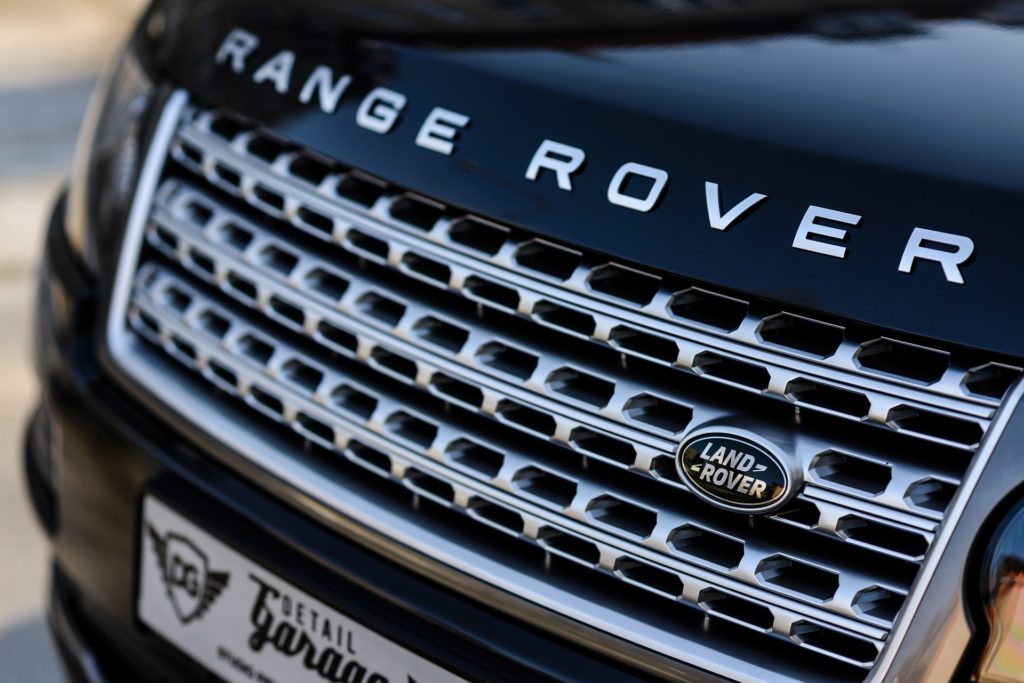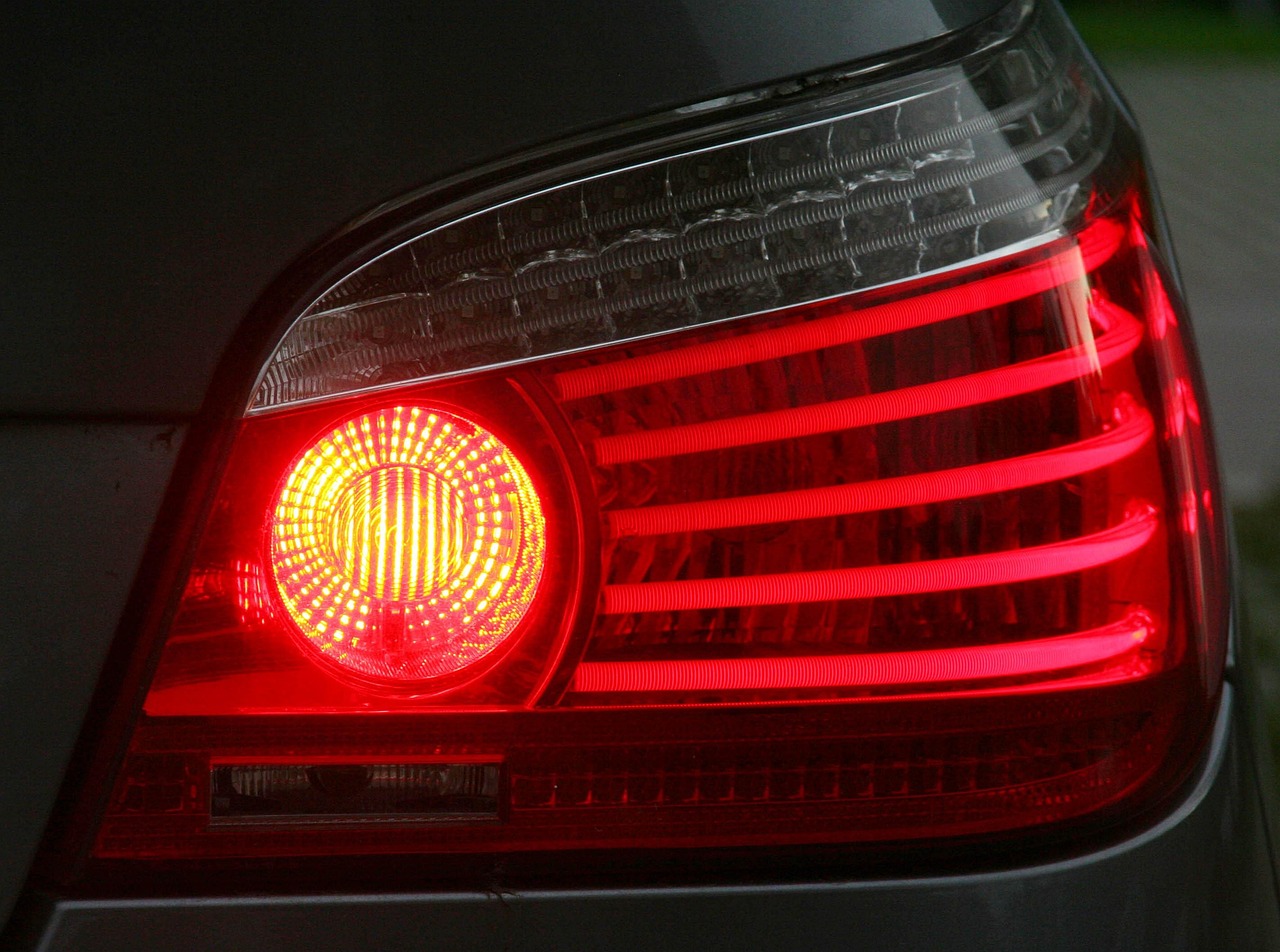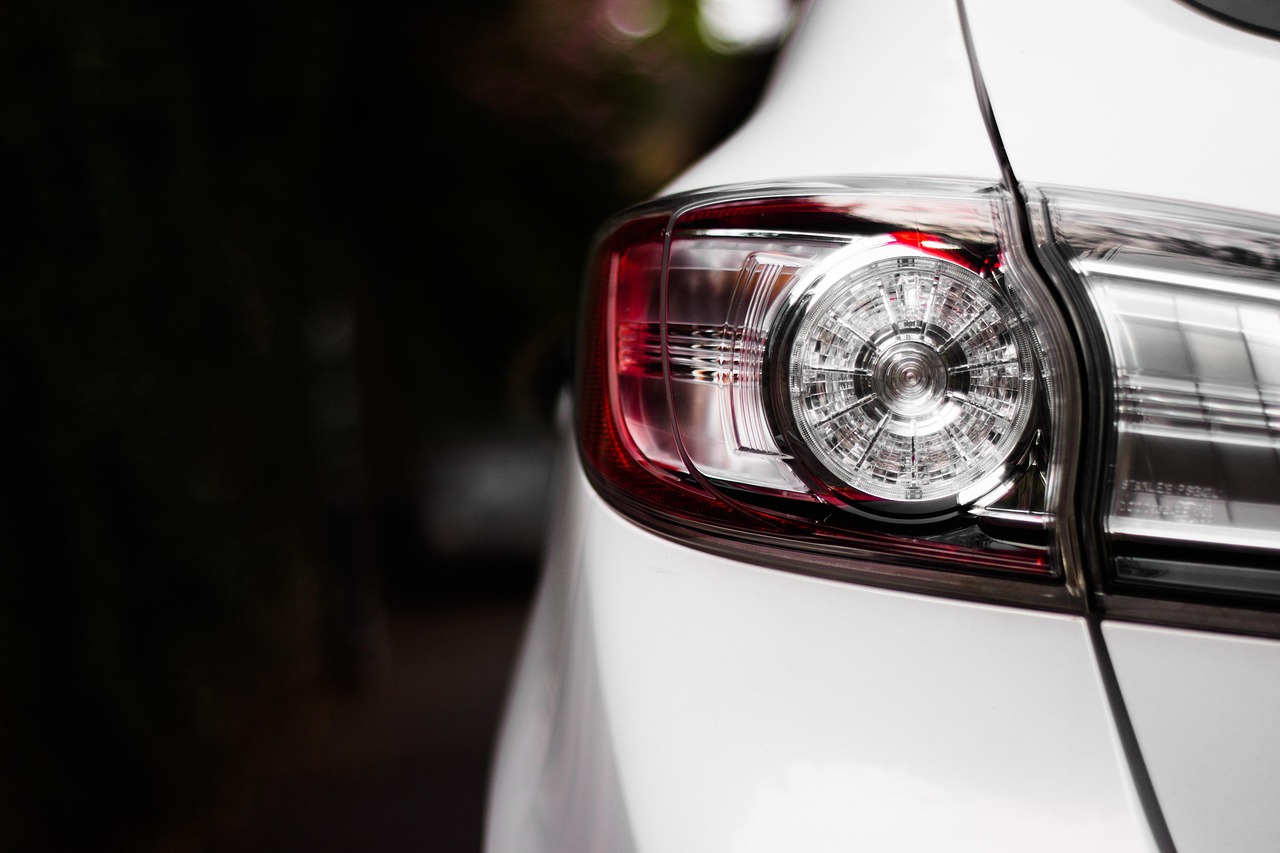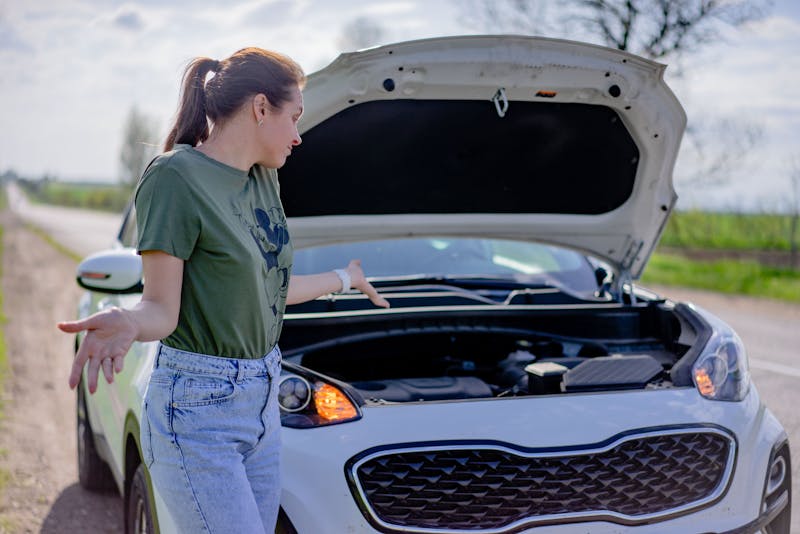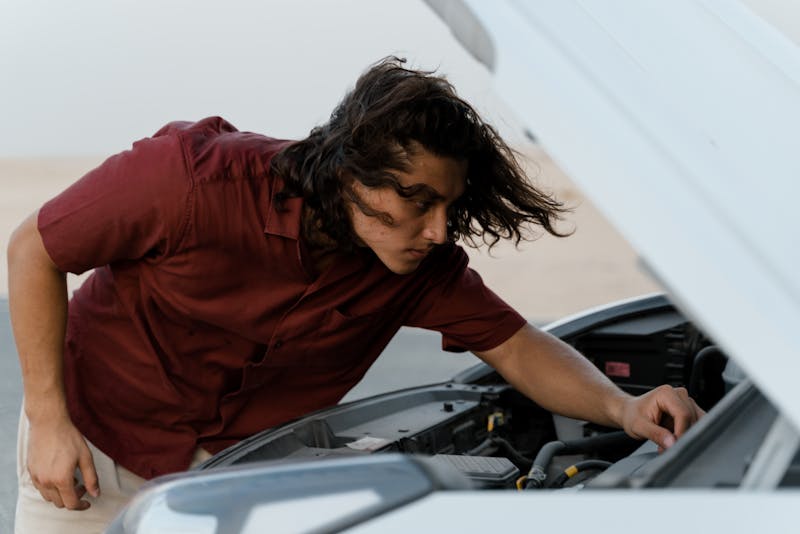In 2019, Range Rover released something that we never thought we needed before: a slightly-smaller SUV called the Velar that’s not quite as big as the Range Rover Sport but definitely a lot bigger than the Evoque, kind of like the middle child of the whole Range Rover lineup. Risky, considering middle children are often ignored (hey don’t look at me, it’s science), but considering Range Rover’s continued success in the industry, it’s hard to find a good reason why the Velar shouldn’t succeed.
The Range Rover Velar is based on a slightly elongated iteration of the Jaguar frame that the F-Pace, the XF, and the XE all use. Visually, the Velar is an aesthetic dream: sleek and modern without looking ostentatious, the Velar is a great flag-bearer of Range Rover, carrying its legacy of opulent practicality, superior performance, and the smoothest ride an SUV can give you.
Oh and, it has a base price of only $49,600, which is around $5,000 less than other vehicles of this class. A strange departure from Range Rover, whose cars are known to carry a price that, frankly, is commensurate to the kind of quality you get. Translation: they’re expensive, but when it comes to SUV’s, you get what you pay for.
But why are Range Rovers so expensive in the first place? Well, to understand that, we need to take a look at the history of the brand.
Humble Beginnings
Rover, as the company was originally called, decided to step up their then-current lineup by adding a car that was larger, faster, and sturdier than anything they’ve ever made before. For a decade or so in the 60’s, Rover (by then called British Leyland) had secretly developed a test vehicle they nicknamed the “Velar”, a tongue-in-cheek reference to the Italian word for disguise. The first-ever Range Rover was born in Solihull, England, in 1970, and featured an SUV that had a single, two-door configuration and the box design we all know and love today.

The first Range Rover was not built for luxury; it was just supposed to be a bigger, more durable incarnation of the Land Rover trucks. The 1970 Range Rover featured vinyl seats, a stripped-down dash made of plastic and…that’s it –none of the flare, bells, or whistles in the modern RR. Under the hood, it wasn’t any more impressive, just a simple, detuned 153-HP iteration of Rover’s aluminum 3.5L V-8 block, originally developed for the Buicks of General Motors.
Up until the mid-80’s, Range Rover sales hovered around “meh” to “alright, I guess”, mostly because it was, for lack of a better term, lackluster. The Range Rover before then was kept simple, Spartan, and was used generally as a workhorse-type of vehicle that might not be pretty, but damn reliable.
That is, until it hit American shores in 1987.
The Range Rover was so well-received in America that Land Rover execs just had to figure out how to milk the success even further. So, powered by American entrepreneurship and British sensibilities, the engineers of Land Rover devised a way to turn the workhorse into a parade-worthy vehicle that not only exuded elegance and opulence, but can thrive in nitty-gritty situations. And so, the modern Range Rover was born.
Luxury and Precision
So why are Range Rovers so expensive? Simple: it blends luxury design with precision engineering. Land Rover made sure to maintain the original boxy design that was so well-loved by everyone and elevating it into a minimalist masterpiece that just screams luxury, but without sacrificing supreme performance both on black top and off-road conditions.
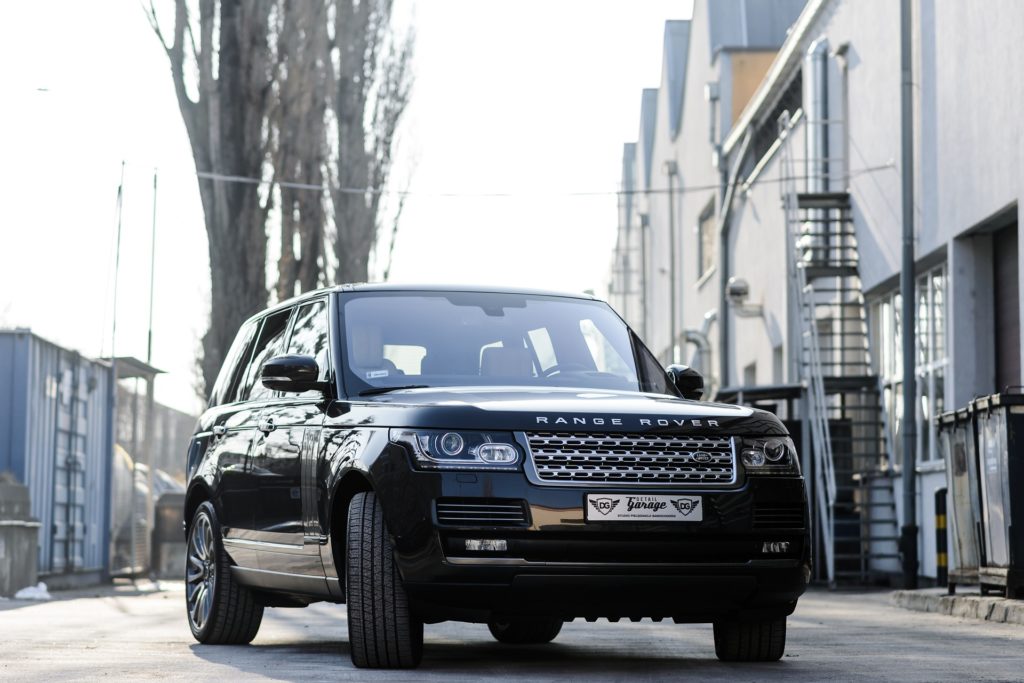
The luxury part is easy: make the driver of the Range Rover feel exclusive, as if you’re above everyone else, which, thanks to the more than 8 inch vertical height, is pretty effortless on Range Rover’s part. The window design of the Range Rover also gives the driver an unparalleled field of vision in comparison to other SUV drivers, all the more underlining this feel of omnipotent sophistication that the Range Rover wants you to have.
But once you turn on the monster V8 under the hood, the RR is quick to remind you that it’s pretty, but it has a pretty mean bite: despite its size, the Range Rover can weave through traffic seamlessly, almost making it feel like you’re driving a sedan or something much smaller. This is thanks to JLR engineering’s focus on providing the Range Rover with better balance, razor-sharp steering, precision calibration, and a generally superior ride feel compared to other crossovers, SUV’s, AUV’s, or practically any other sports car out there.
To put it simply: Range Rovers are expensive because it’s everything most cars aren’t.
The Range Rover Experience
In terms of design language, the Range Rover follows an evolutionary process that is thought-out in terms of tradition rather than fashion. Despite its beast-like domination of off-road conditions (or, pot-holed highways depending on where you live), the design mindset of the Range Rover insists on it being a luxury vehicle first; every other design element that emphasizes its SUV nature or its off-road performance comes second. In the SUV market, this is what sets the Range Rover apart. But each version of the Range Rover evokes an entirely different experience. Let’s take a look at each one:
Range Rover Evoque (SRP: $43,000)
The Range Rover is known for its size –it’s the biggest kid on the block, a bully on the road. So when JLR announced that it was releasing a Range Rover that is drastically smaller than the original, many were skeptical: why the heck would they release that?!
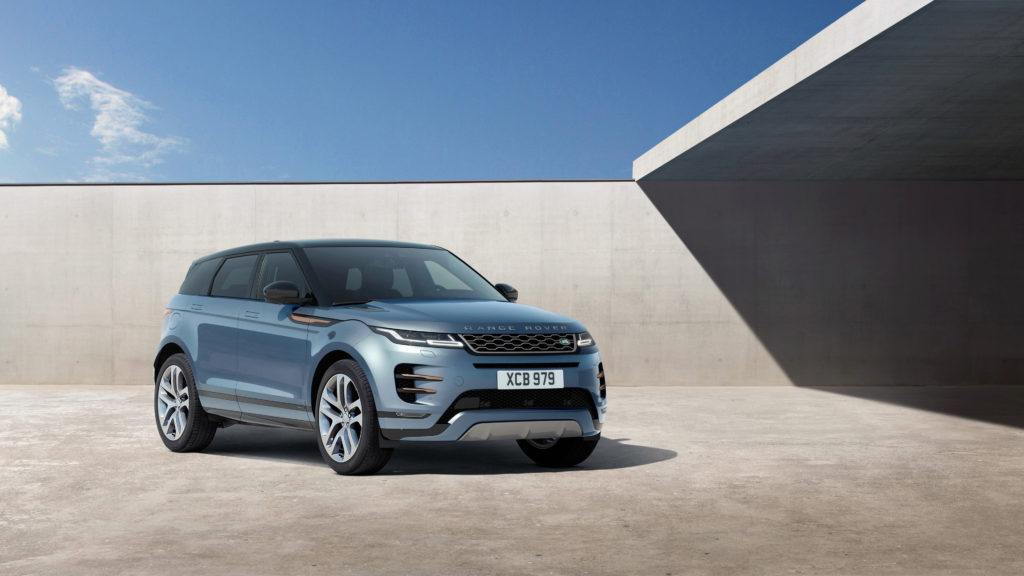
But release it they did, and the Range Rover Evoque –which basically looks like a ragtop variant of a Range Rover, only much, much smaller –exceeded most expectations. I say “most” because, despite JLR’s reputation for putting an emphasis on both design and practicality, it seems like the limited cargo space of the Evoque, along with its limited cross-functionality, made it a controversial Rover at best. Yes, it fell short of the high benchmark that the original Range Rover set, but at the end of the day, it’s still a more-than-just-decent all-season city commuter.
Range Rover Sport (SRP: $81,650)
For people who want the Range Rover experience but are having a difficult time handling the sheer heft of the Range Rover, the Range Rover Sport offered a fairly decent compromise: it kept most of the design elements of the original Rover, but in a slightly diminutive form. Originally designed to compete with the Porsche Cayenne, the Range Rover Sport had to translate everything that made its big brother so successful in its weight class and bring it down to size.

And it worked: despite its smaller size, everything was proportioned fairly well. It came with two engine variants, the 340-HP 3.0L V6 supercharged, or the quieter and smaller 254-HP 3.0L V6 turbo diesel. Beneath its minimalist design lie a very decent air suspension system with an aluminum chassis, anti-roll bars, active shocks, and what JLR calls a low-hysteresis front axle air springs.
The 2018 Range Rover (SRP: $103,895)
And of course, we have big brother himself, the Alpha male of the Land Rover pack. Since it first arrived in our country a little more than 30 years ago, little has changed to this SUV –it’s still a gas-guzzling, road-hogging, monster of a box that has a greenhouse the size of a small country. But beyond its aesthetic appeal, the Range Rover has actually gone through small evolutions across the years, with the 2018 iteration shifting from a steel monocoque to an aluminum one to save weight. Despite the diet, it’s still a hefty drive.
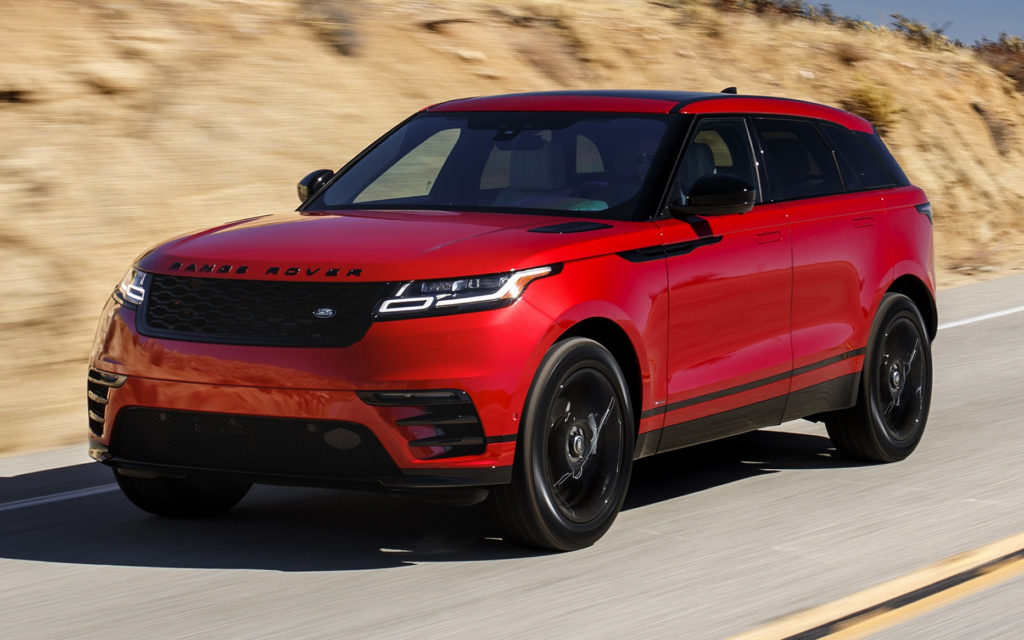
The 2018 Range Rover carries a 510-HP 5.0L V8 supercharged that pumps out 461 lbs/ft of torque with an 8-speed automatic transmission. There’s also a smaller, more gas-efficient V6 but c’mon: you want the real thing. And besides, you don’t get a Range Rover for “fuel efficiency”. Yes, I know I’m going to get flak for driving a climate-destroying tank, but to paraphrase Bill Burr, it’s not the car, it’s the amount of people in the world.
Range Rover Velar (SRP: $50,000)
Smaller than the Sport but bigger than the Evoque, the Velar straddles a thin-line between success and failure, and thankfully, it crossed over to the former. Compared to its rivals the Audi Q5, the BMW X4, or the Mercedes GLE Coupe, the Velar does more, looks better, and drives faster. It’s available in three flavors of engine: a 247-horsepower 2.0-liter inline-4, a 380-hp supercharged 3.0-liter V-6, and a 180-hp 2.0-liter turbo-diesel four.

Does it revolutionize the SUV industry? Absolutely not. However, what it does is elevate it, and reminds everyone why Range Rovers are so expensive: because Land Rover has perfected the SUV.

